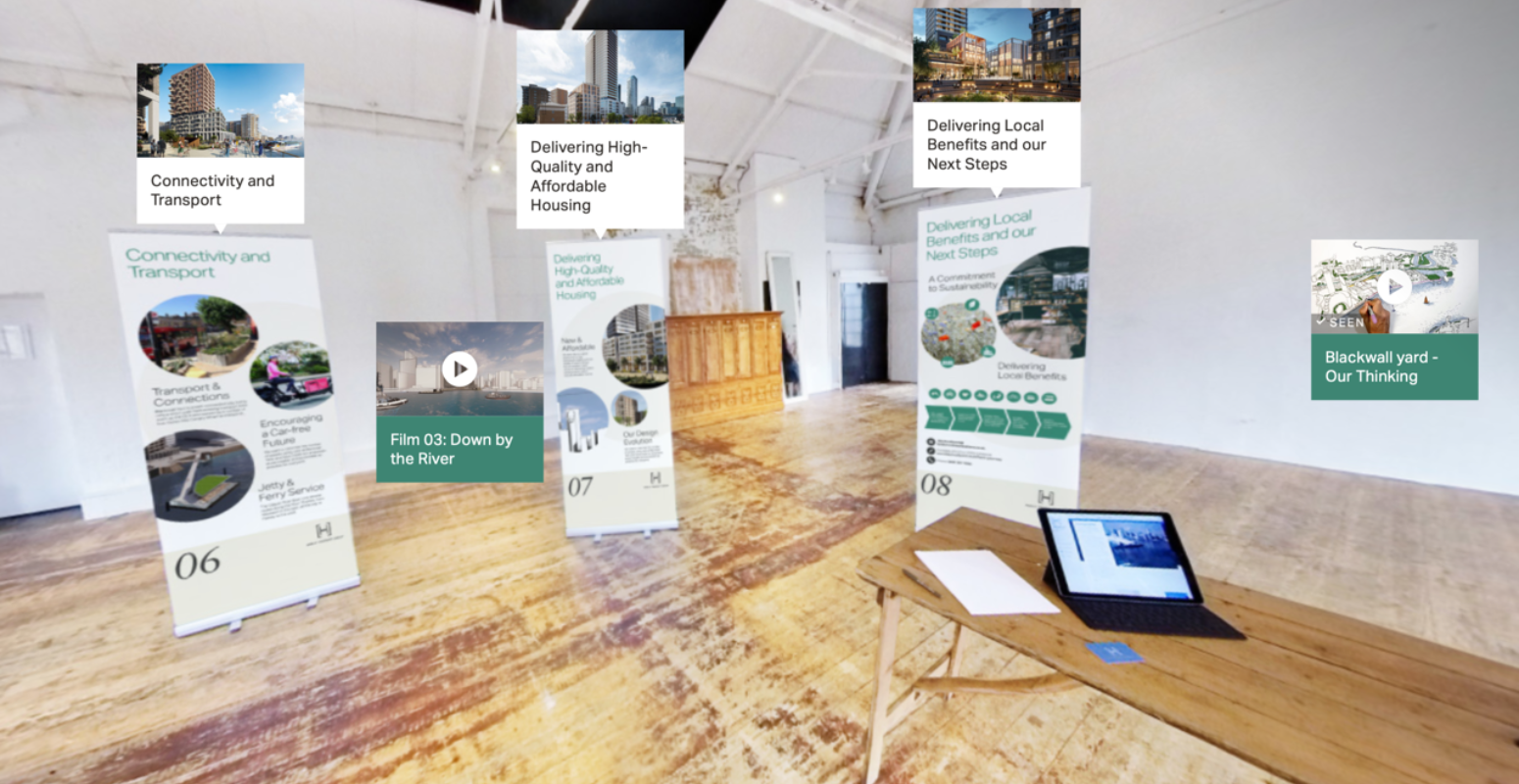
National Inclusion Week 2020: inclusivity in community engagement
One of the benefits of engaging with communities digitally is the opportunity that a comprehensive online campaign gives you to communicate with harder-to-reach demographics. There are large numbers of the population who simply do not get involved in the development process, but from a developer perspective there are clear benefits to hearing from as many local residents as possible.
This gives a much broader sense of consensus, and a more thorough amount of data to consider and incorporate into the design phase. Rather than single one-on-one conversations in a community hall, online outreach helps us to engage with much wider demographics and allows us to collate much larger amounts of feedback, meaning that hundreds of views about the genuine benefits of a scheme can be measured, displayed and acted on swiftly by the team.
Before the coronavirus pandemic took hold, we pursued a hybrid approach to community engagement, using a mixture of online and offline methods. For instance, at Blackwall Yard in Tower Hamlets, we combined digital platforms (news and polling websites and some social media advertisements) with traditional methods such as distributing brochures and the hosting of physical exhibition events.
However - when lockdown hit, we had to rethink our approach to avoid any face-to-face contact whilst ensuring our engagement process continued to be informative and effective.
We began work on two new development sites as the crisis worsened – at Goodmayes High Road in Redbridge, and on Station Road in Colliers Wood. this meant that we needed to find new ways of presenting our proposals that would replace, where possible, the ability to communicate face-to-face completely.
So instead of holding exhibition events, we created panoramic virtual exhibition spaces which mirrored traditional exhibition rooms so that all engagement activities could be held on one digital platform – with no face-to-face contact required.
We also incorporated stop-motion videos and animations into the materials and integrated our online surveys into the platform. Residents could navigate their way around the consultation boards, read about our plans, watch videos and animations and submit their personal feedback and comments all online.
And the flexibility of this platform brought increased accessibility and inclusivity to our process. The responses we received made it clear that social media adverts and short summary videos of the evolving designs were engaging an entirely new demographic. And crucially, the exhibitions had become much more convenient - individuals could view the exhibition wherever and whenever it suited them, on any device.
However, limited internet access for some within the community means that simple moves such as text messaging services for community polls and offering presentations in hard copy form can still make a huge difference.
As we all adjust to the ‘new normal’ and impacts of the pandemic on gatherings, events and face-to-face contact are set to stay, we are reflecting on what we have learned. Shifting to an exclusively digital approach throughout lockdown enabled us to continue to engage with local communities, but it's far from perfect. Genuine engagement needs a mixture of approaches, and face-to-face will always be an important aspect of that.
Looking forward, we want to ensure that our consultation methods continue to evolve with the changing times. Check back to hear more about how we plan to ensure that everyone - and not just the loudest voices - have a genuine chance to help shape the proposals which affect the neighbourhoods in which they live.


